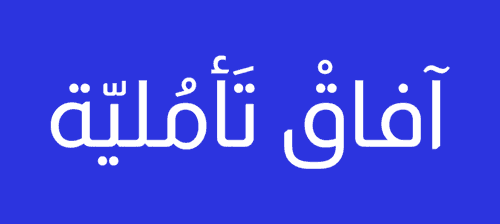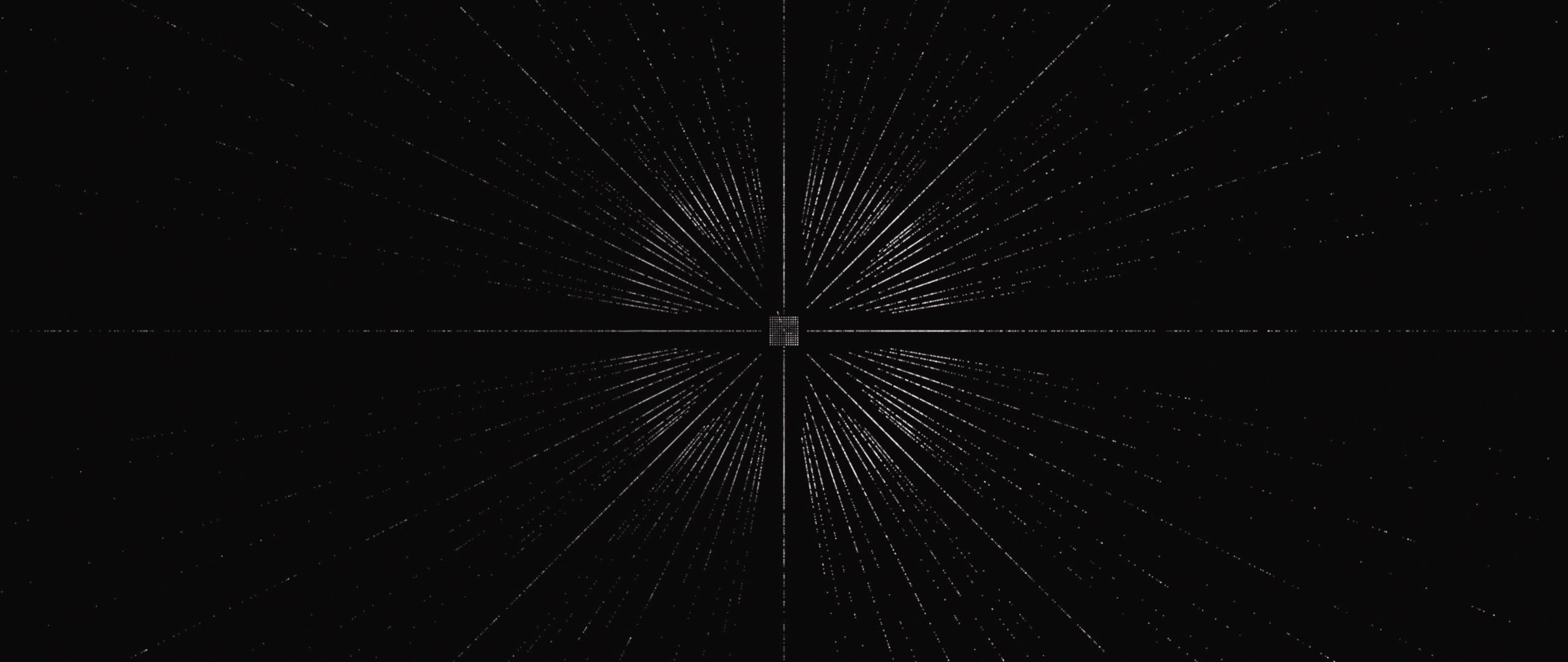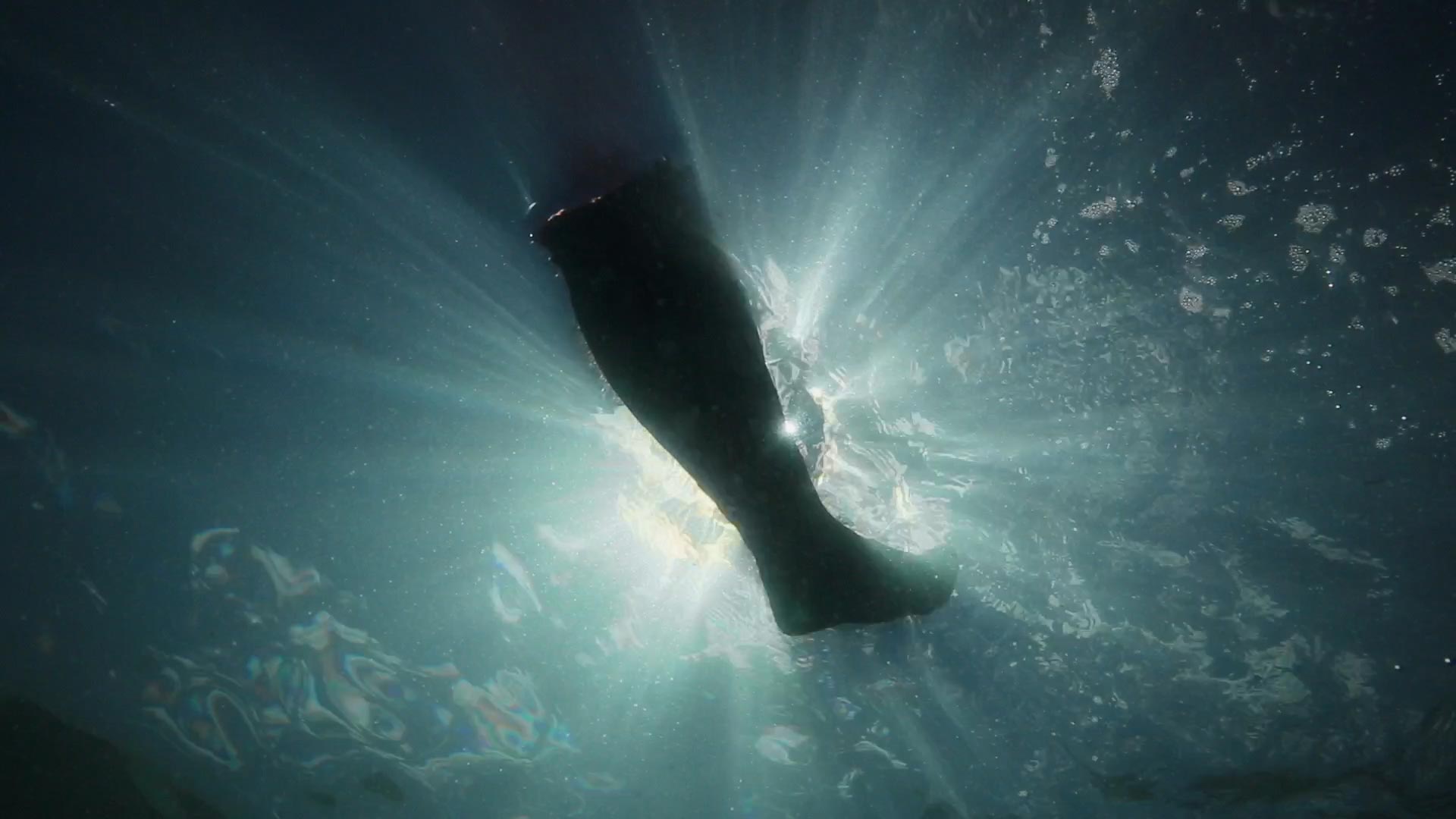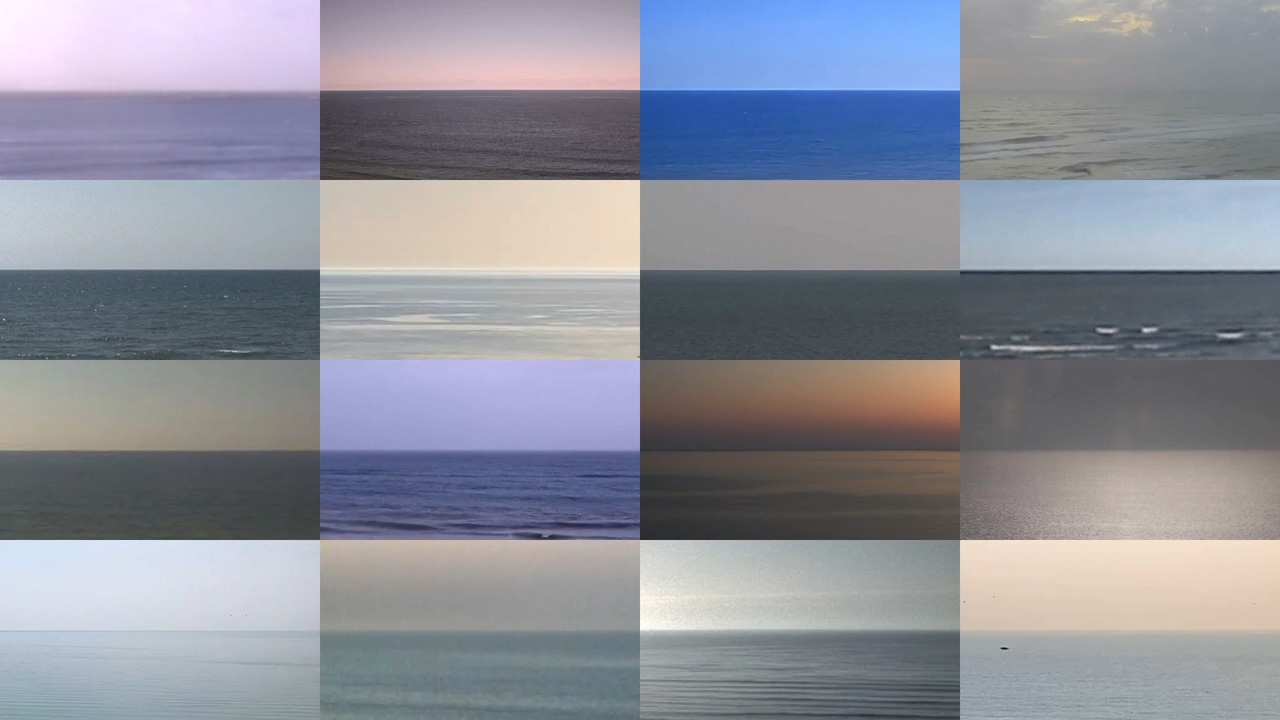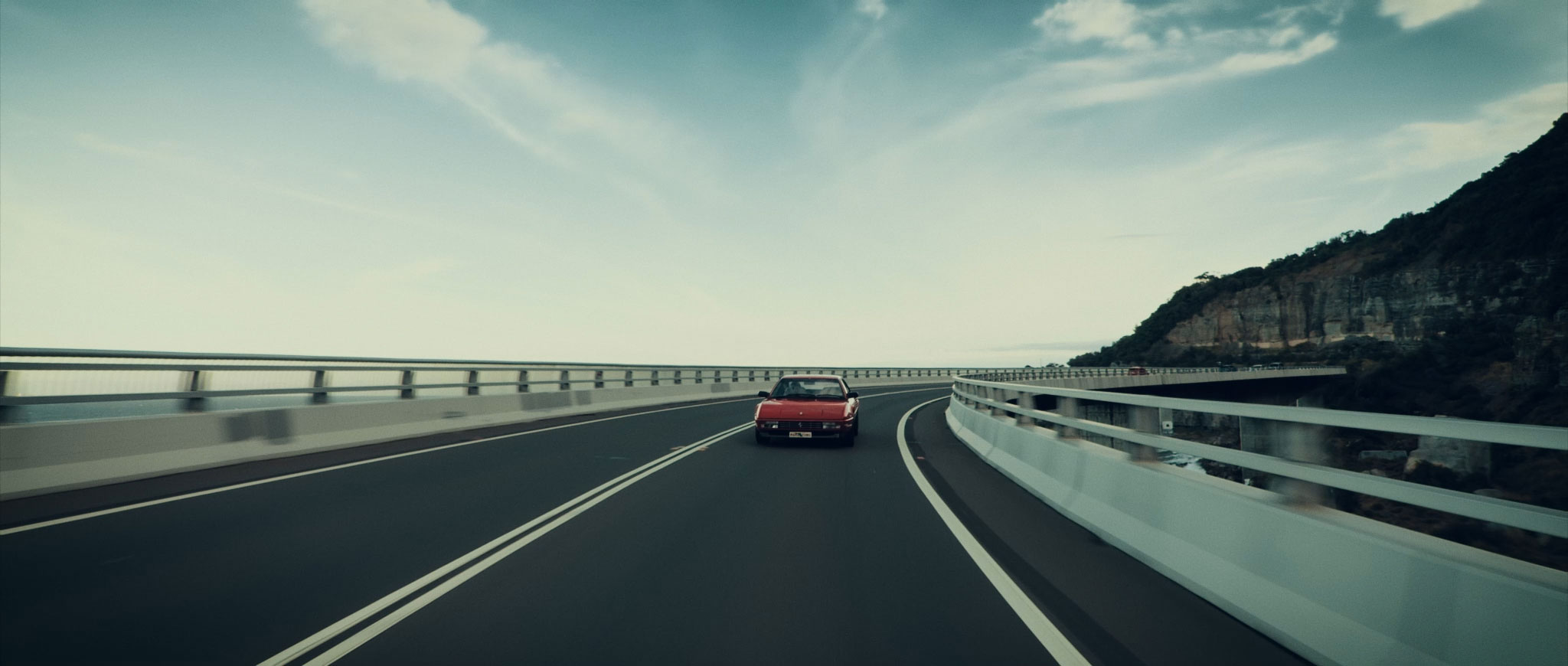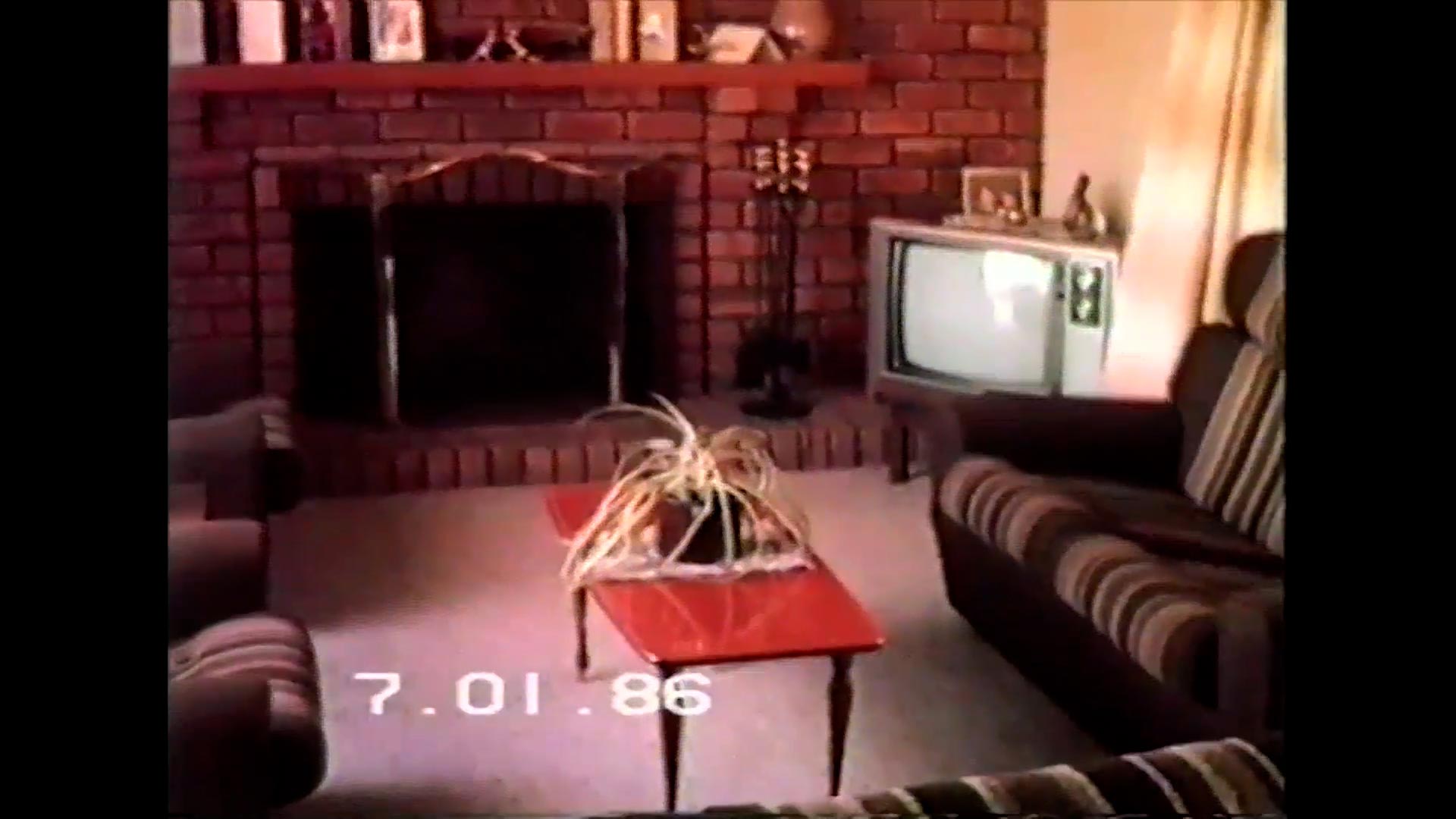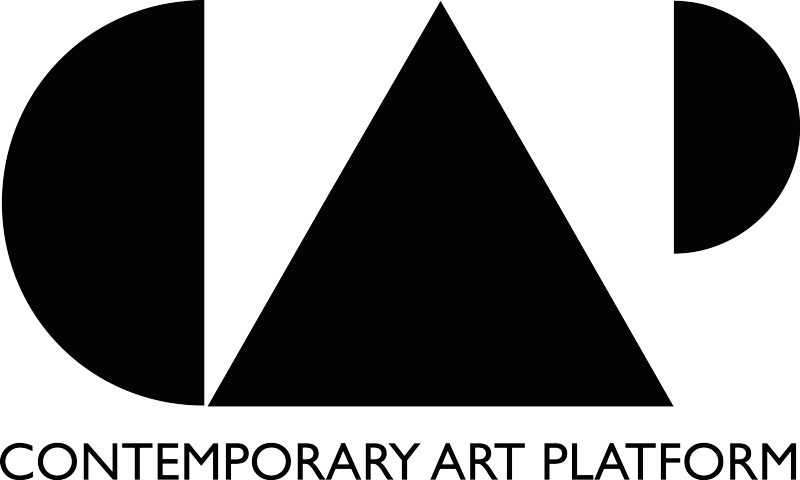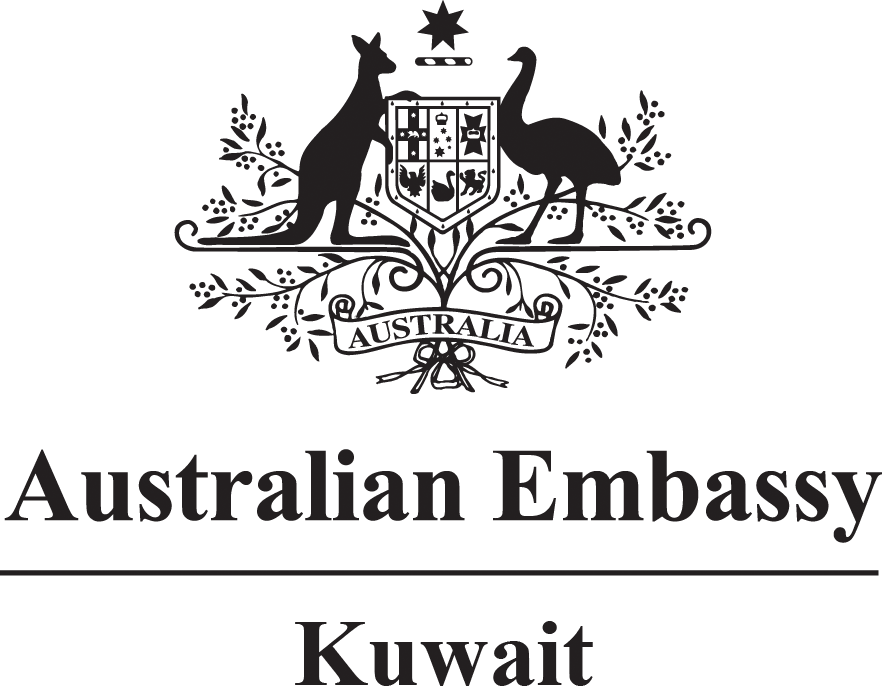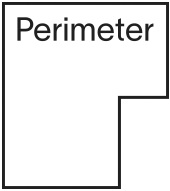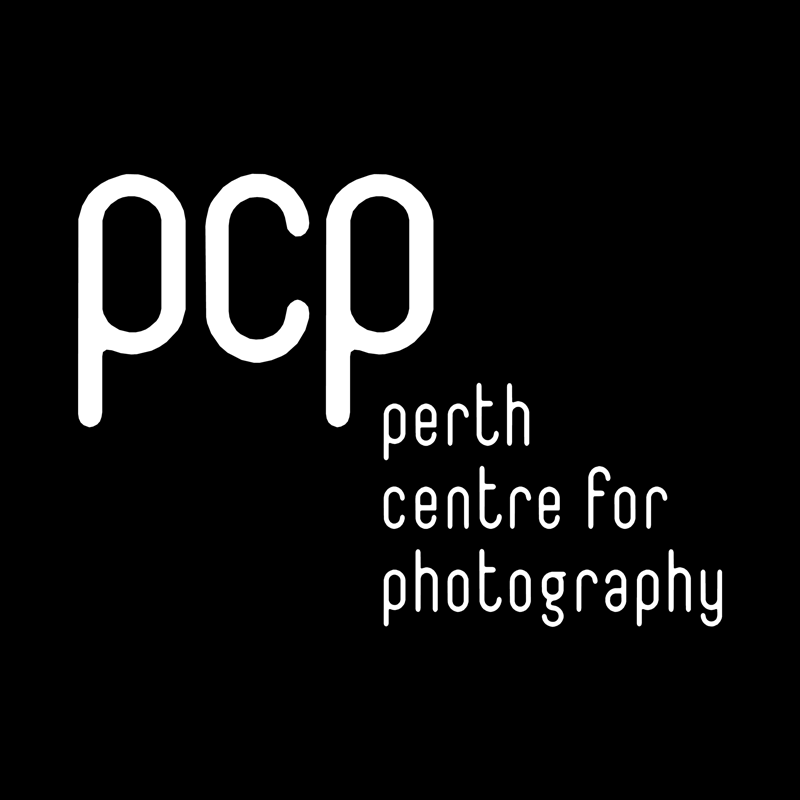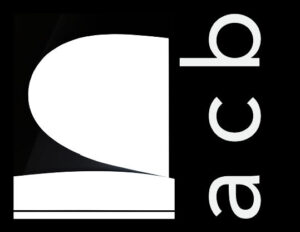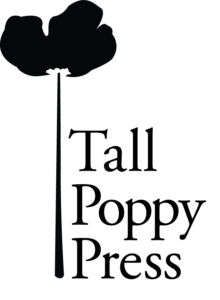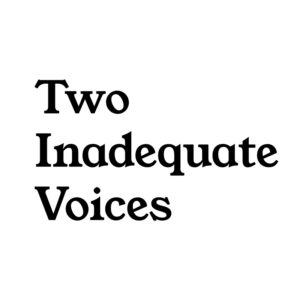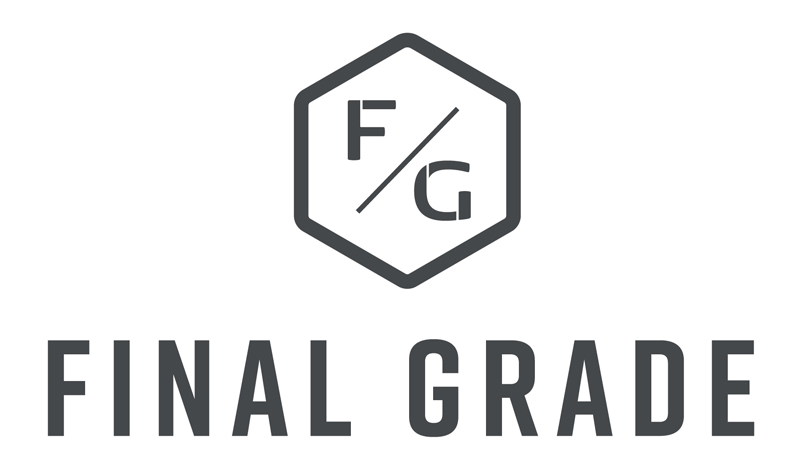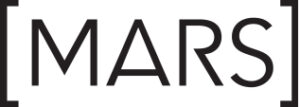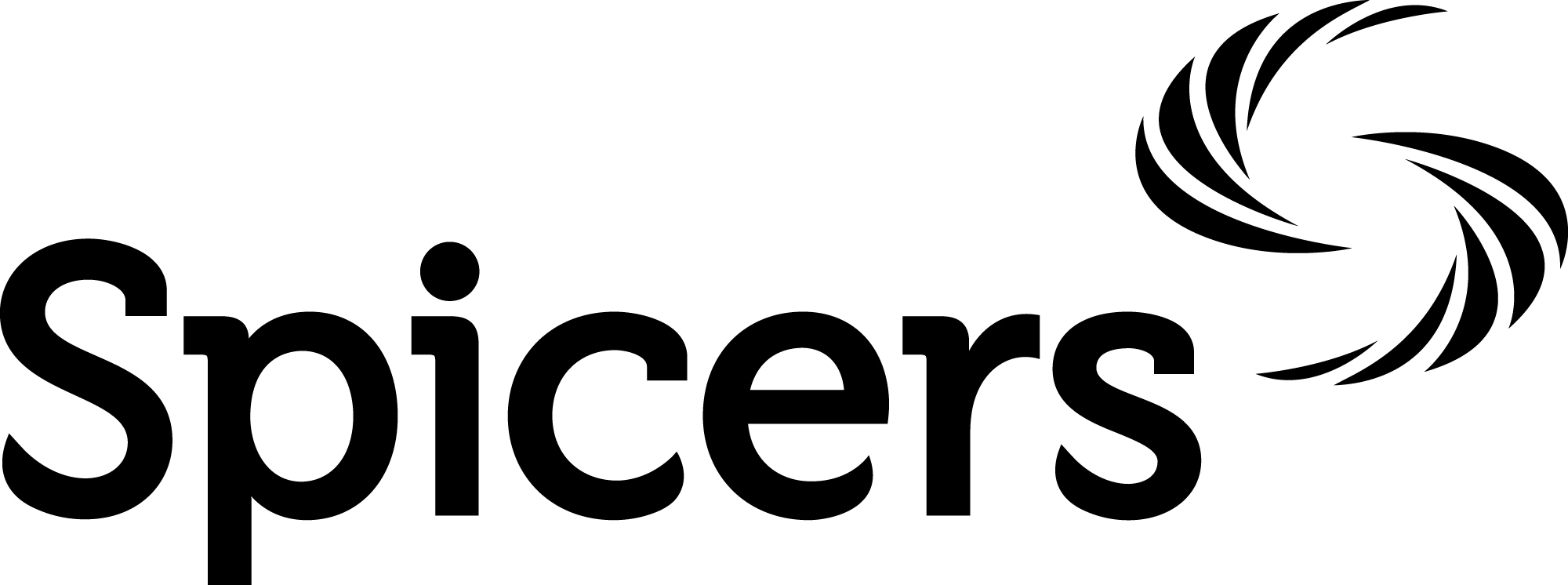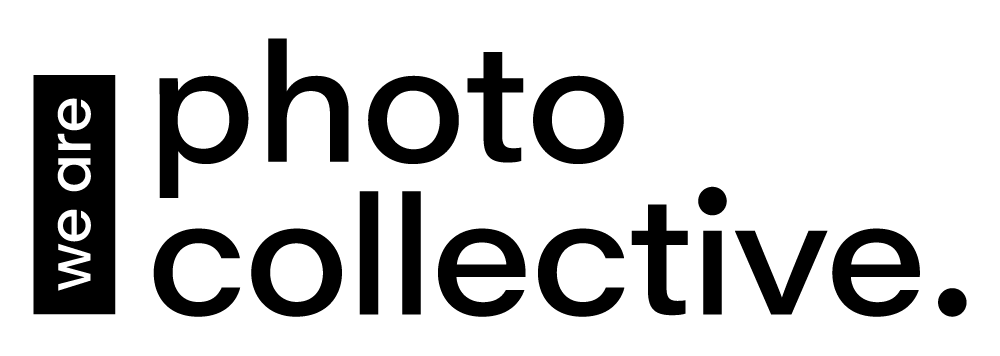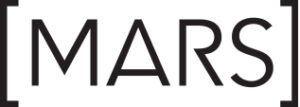Speculative Horizons has been viewing a selection of exciting Australian video art to showcase and generate dialogue via our website and physically in the inaugural exhibition. This has been supported by MARS gallery in Melbourne and the works presented have been curated by Brie Trenerry.
Speculative Horizons has been viewing a selection of exciting Australian video art to showcase and generate dialogue via our website and physically in the inaugural exhibition. This has been supported by MARS gallery in Melbourne and the works presented have been curated by Brie Trenerry.
The Inside of a Square
Dearman has produced a moving-image piece together with an accompanying audio track, which speaks to the concept of non-place. He considers the digital landscape as a space in which borders are blurred, and where technology is a key driver in shaping human behaviour.
QHD (2k) with sound
6mins 30secs
Emerging Melbourne-based artist Blake Dearman works across a variety of mediums including photography, video, and sound. His work seeks to find a link between the traditional and the new, while speaking to themes such as technology, progress and human connection.
Dearman has produced a moving-image piece together with an accompanying audio track, which speaks to the concept of non-place. He considers the digital landscape as a space in which borders are blurred, and where technology is a key driver in shaping human behaviour.
Open Water: The Offering
HD video with stereo sound
4:45 minutes
Composer: Stuart James
2017
Taking a true event as a starting point, Open Water: The Offering is based on an incident that occurred in 1965 in the coastal town of Albany when a well-known whaler and gunner on The Cheynes III (a whale chaser) lost his leg after it became entangled in a rope attached to a harpoon fired at a whale. The film charts the imagined journey of a detached human leg, gifted to the Southern ocean and its inhabitants by an otherworldly cetacean. The bloated, grotesque leg is gradually colonialised by endemic marine species of fauna and flora,
Thirty-two streams of the ocean taken from unsecured surveillance networks allude to the instability of human perception and the liminal self in contemporaneity. Employing a tension between the myriad patterns of the natural world, against the friction of inconsistent video resolutions, the work poses questions regarding the hierarchy of physical and digital existence. Conjuring further concerns around the omnipresence and normalisation of surveillance in both the private and public sphere. Dissolving uncomfortable lines between digital and physical reality.
When I started school in Australia I was put in a special class for ESL children. I was horrified to learn that I couldn’t speak English. I thought I spoke English just fine. Little did I know, it was actually Broken English that I spoke. Many years later, as an adult, I was involved in a little open mic poetry community. Someone posted a recording from one of these events, and once again I was horrified; this time by the sound of my voice. It sounded so foreign to me. So Anglo-Australian. I had dropped my guard somewhere along the way and my Broken English had given way to an Art School Anglo-Aussie English with hints of Westie. It took a while to recover from this shock and I momentarily stopped performing my work. After a while it became apparent to me that the only way to reclaim my voice was to return to my mother tongue: Broken English.
US is a short film crafted from my family’s home video archive specifically, two found recordings made by an anonymous family friend using their own video camera. These two original shorts chronicle my cousins’ home twice, approximately two years apart. The original films reveal, consciously or otherwise, a strikingly similar methodology employed each time by the author; procedurally and purposely training the lens on the house, it’s various spaces and accoutrements – and in doing so – revealing a sense of temporal registration and otherwise amorphous overlapping subjectivities. Working with this raw material is a semi-collaborative undertaking, removing the household inhabitants almost entirely to foreground the original maker and their still unknown, yet purposely framed desires and motivations for this particular domestic space.
Open Water: The Offering
Taking a true event as a starting point, Open Water: The Offering is based on an incident that occurred in 1965 in the coastal town of Albany when a well-known whaler and gunner on The Cheynes III (a whale chaser) lost his leg after it became entangled in a rope attached to a harpoon fired at a whale. The film charts the imagined journey of a detached human leg, gifted to the Southern ocean and its inhabitants by an otherworldly cetacean. The bloated, grotesque leg is gradually colonialised by endemic marine species of fauna and flora, transformed into a dark, phantasmagorical island.
HD video with stereo sound
4:45 minutes
Composer: Stuart James 2017
Oceans 32
Thirty-two streams of the ocean taken from unsecured surveillance networks allude to the instability of human perception and the liminal self in contemporaneity. Employing a tension between the myriad patterns of the natural world, against the friction of inconsistent video resolutions, the work poses questions regarding the hierarchy of physical and digital existence. Conjuring further concerns around the omnipresence and normalisation of surveillance in both the private and public sphere. Dissolving uncomfortable lines between digital and physical reality.
Two-channel digital video with sound
3.5 min excerpt from 15 min
Broken English is My Mother Tongue
When I started school in Australia I was put in a special class for ESL children. I was horrified to learn that I couldn’t speak English. I thought I spoke English just fine. Little did I know, it was actually Broken English that I spoke. Many years later, as an adult, I was involved in a little open mic poetry community. Someone posted a recording from one of these events, and once again I was horrified; this time by the sound of my voice. It sounded so foreign to me. So Anglo-Australian. I had dropped my guard somewhere along the way and my Broken English had given way to an Art School Anglo-Aussie English with hints of Westie. It took a while to recover from this shock and I momentarily stopped performing my work. After a while it became apparent to me that the only way to reclaim my voice was to return to my mother tongue: Broken English.
9 minutes
2K video with stereo sound
2020
US
US is a short film crafted from my family’s home video archive specifically, two found recordings made by an anonymous family friend using their own video camera. These two original shorts chronicle my cousins’ home twice, approximately two years apart. The original films reveal, consciously or otherwise, a strikingly similar methodology employed each time by the author; procedurally and purposely training the lens on the house, it’s various spaces and accoutrements – and in doing so – revealing a sense of temporal registration and otherwise amorphous overlapping subjectivities. Working with this raw material is a semi-collaborative undertaking, removing the household inhabitants almost entirely to foreground the original maker and their still unknown, yet purposely framed desires and motivations for this particular domestic space.
HD video
16:9 mono
1 minute 36 seconds
2017
